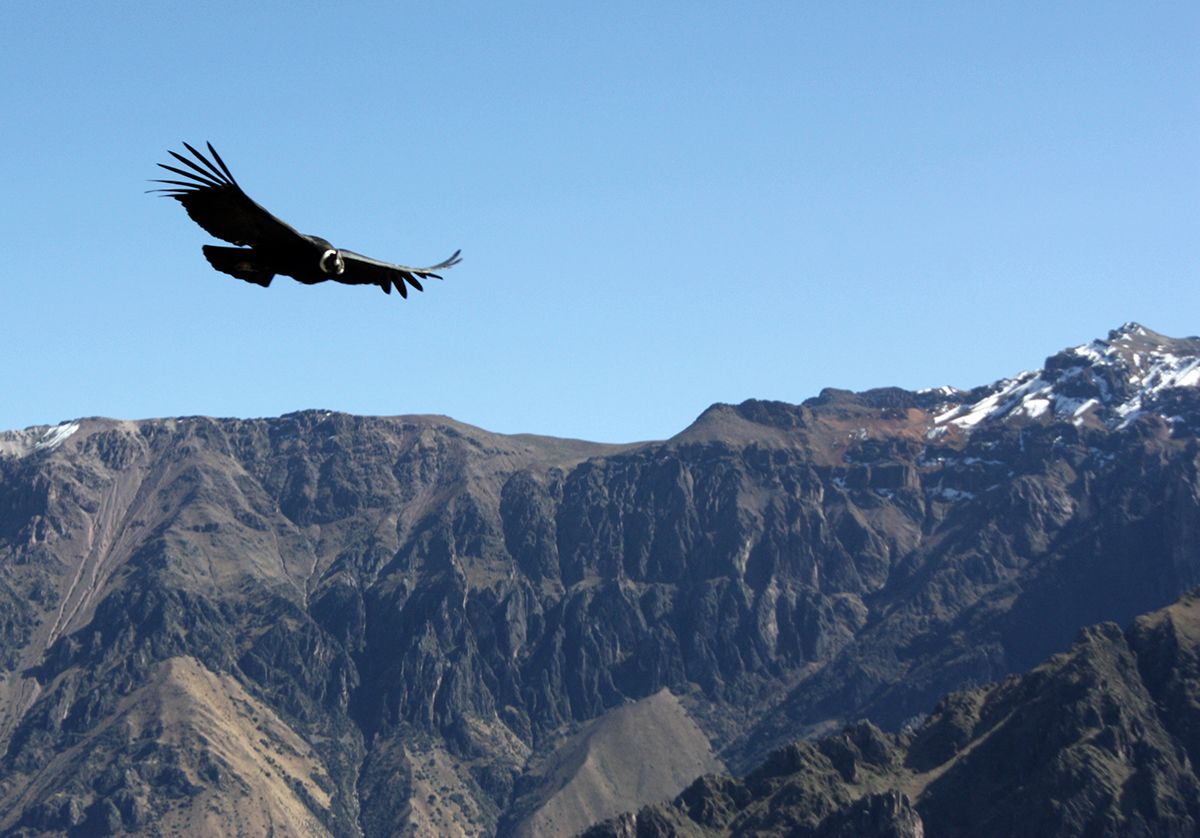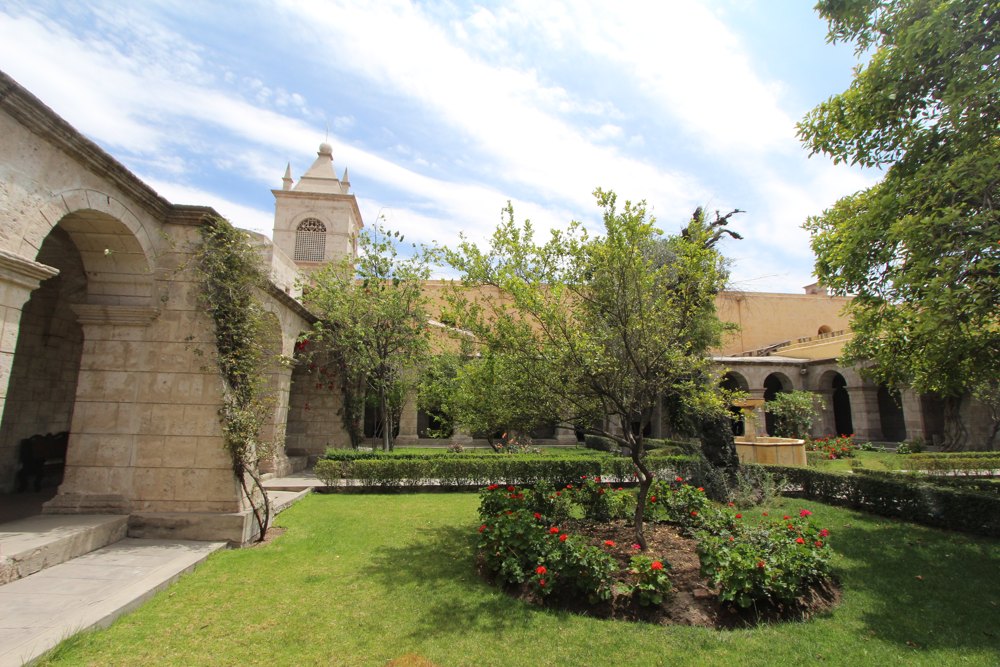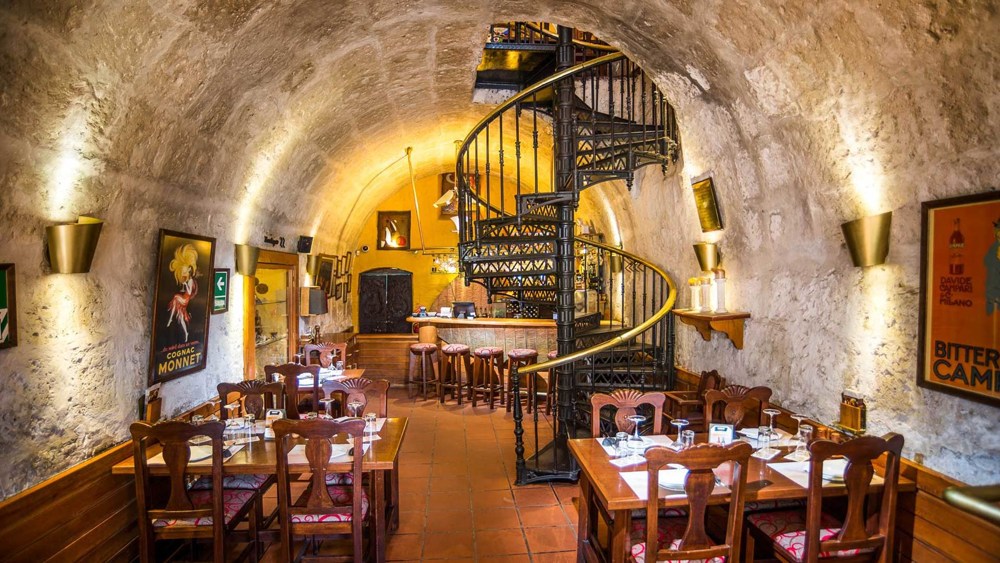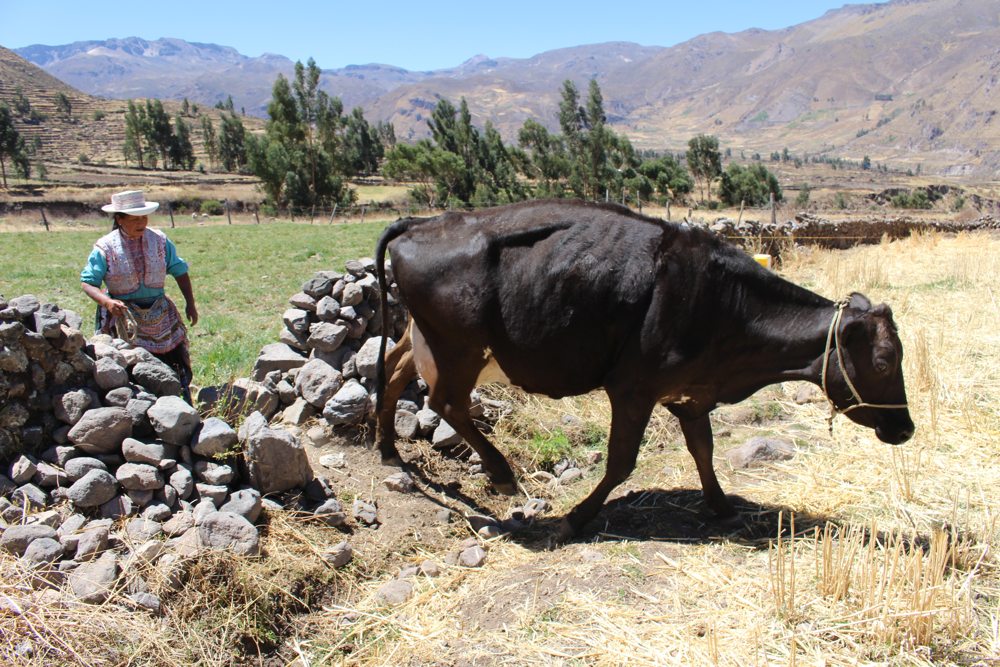Native to the mountains of South America that give the bird its name, the Andean condor can be spotted across the continent but arguably the best place to see these strikingly large animals is in the Colca Canyon of Peru. Located in the south of the country about a 4-hour drive from Arequipa, the Colca region is known for […]













